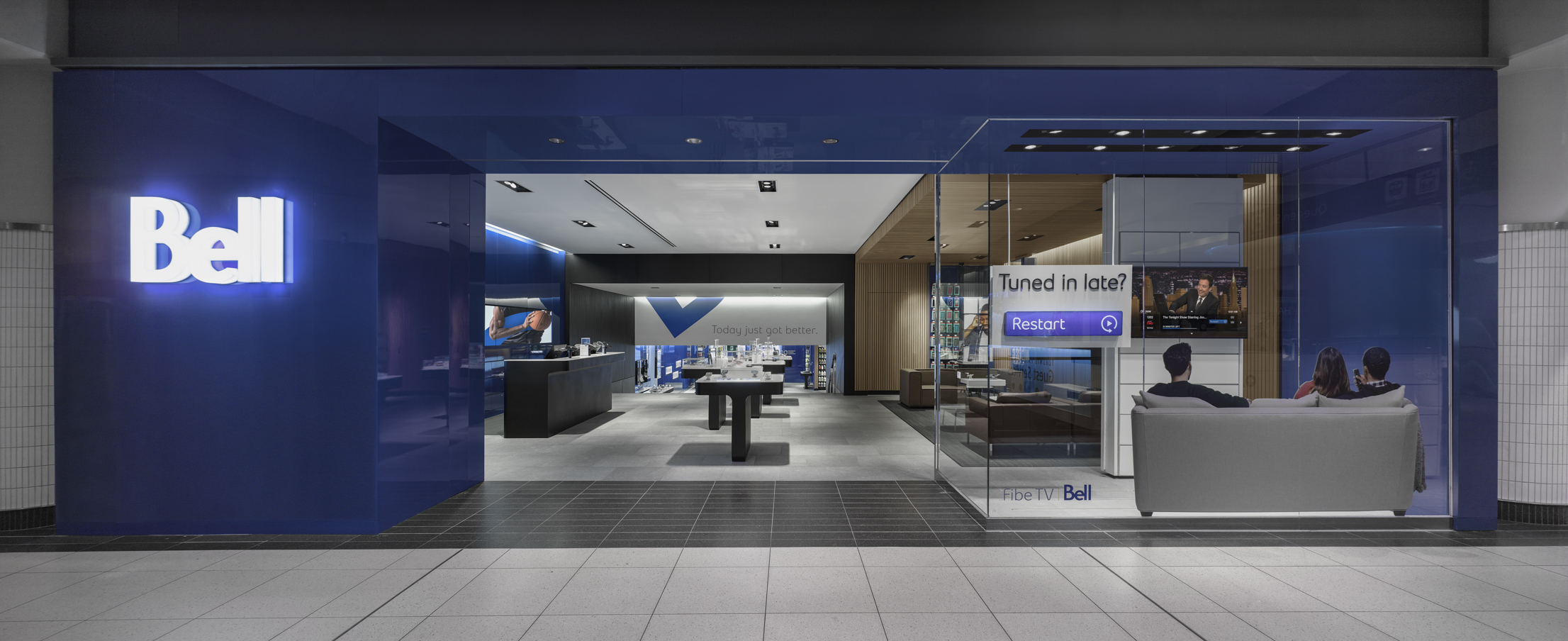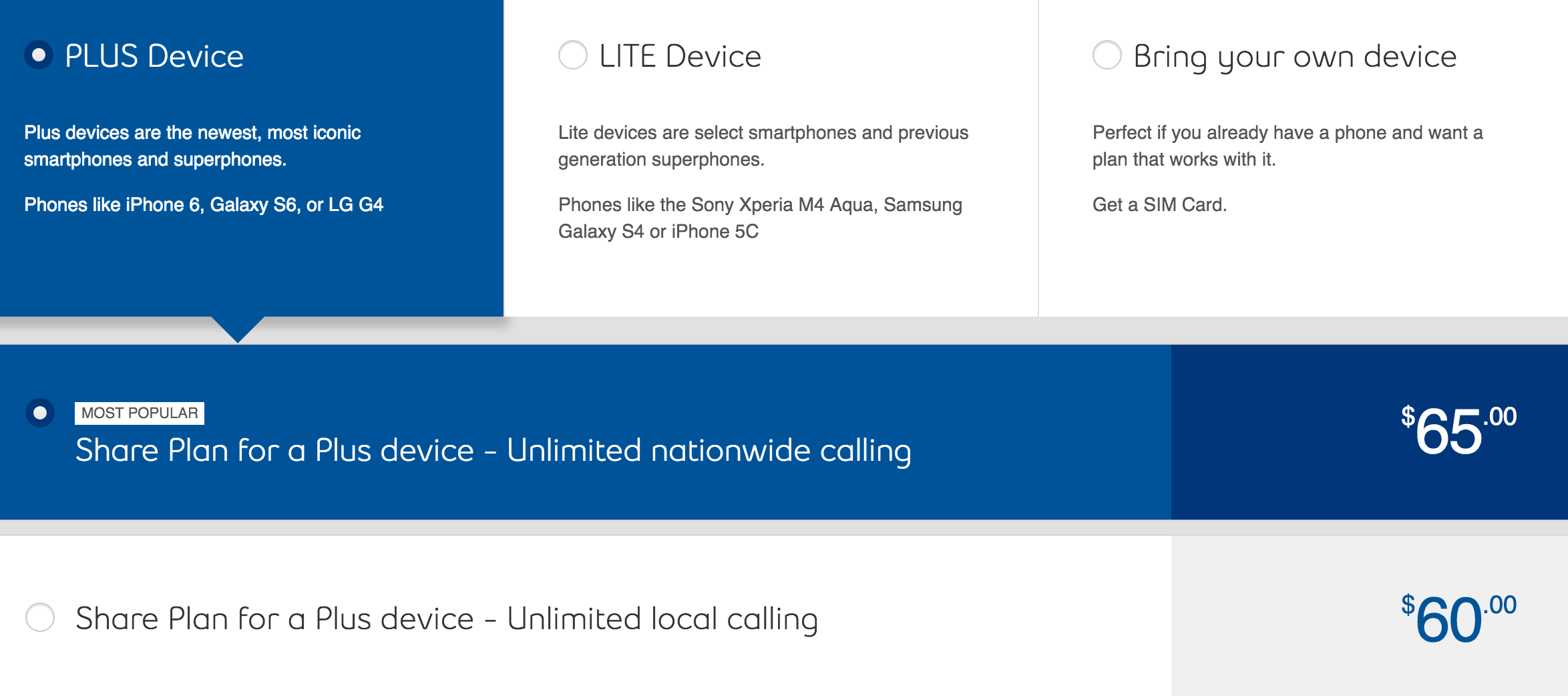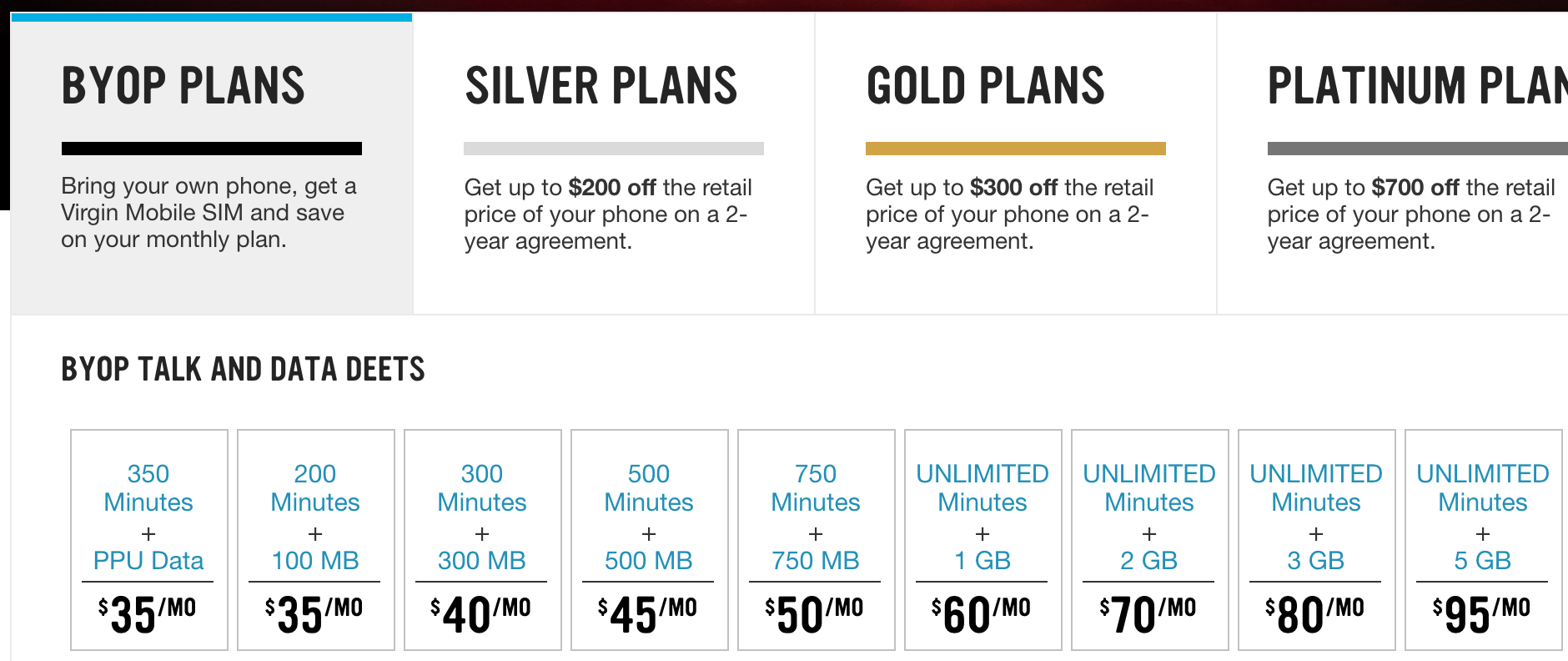
Bell, Canada’s third-largest network provider by subscribers and recent winner of two “Best network” awards, is set to increase its wireless prices for the first time in over a year.
Starting Tuesday, January 12th, Bell’s standard share plans will increase by $5, justified by “recent network enhancements in coverage, speed and performance” and the ARPU-lowering Roam Better package it introduced in November, according to documents received by MobileSyrup. The company is also doing away with its cheapest calling option that included 300 local minutes per month in addition to unlimited nationwide texting, along with voicemail and call display.
While prices for data buckets are not expected to rise, the monthly cost per line is set to increase by $5 for both Lite and Plus categories, which delineate between mid-range and high-end, more expensive smartphones. For example, a customer buying a Moto X Play, which sits in the Lite category, will now spend $50 per month, not $45, for the portion of her plan that provides unlimited local calling; unlimited nationwide calling will increase for this customer to $55 from $50.
The same is true of someone buying an iPhone 6s or Galaxy Note 5, devices in the Plus category, will now spend between $60 and $65 per month depending on whether she wants unlimited local or nationwide calling, an increase of $5 per billing cycle.
While a $5 increase is significant to any potential new customer, the base for whom this move will have the biggest impact is those that purchase a phone separately and activate it at Bell, an increasingly common category of users known as COAM, or “Customer Owned and Maintained,” the internal term for “Bring Your Own Device.”

Bell will raise the base price for BYOD customers to $50 per month, the same amount paid by Lite customers receiving a subsidy. That, and the removal of the cheapest calling option, marks a $20 departure from the previous low of $30 per month customers bringing their own devices could pay.
According to sources familiar with Bell’s plans, the move attempts to stem decreasing voice ARPU (average revenue per user), which dropped 7.7 percent in Q3 2015, attributable to “greater adoption of all inclusive rate plans for both local and long distance calling,” according to Bell’s latest quarterly earnings report. An increasing number of Canadians are choosing to purchase their own low-cost Android phones, or obtain second-hand iPhones from companies like Orchard, to save upwards of $20 per month on their monthly bills. Many devices, such as the Moto G or OnePlus X, offer significant discounts over two years of service when purchased unlocked at retail than when purchased from a carrier on subsidy.
This is the second time Bell has increased the monthly cost of bringing a personal device to the network to match that of its lowest subsidized tier; in 2014 along with Rogers, the provider raised the base fee for BYOD customers back in 2014 before reverting months later.
Bell’s final price increase comes in the form of a $3 bump to its Mobile TV plan. Previously $5 per month to add five hours of WiFi-based live television broadcasts, Bell will now charge $8 per month for the same.
While these changes have not yet shown up on Bell’s customer-facing website, they will go into effect on Tuesday, January 12th, so if you’ve been looking to get the lowest price on a Bell share plan, today is the day to do it.
It’s unclear if Rogers and Telus plans to match Bell’s most recent changes. Bell declined to comment on upcoming pricing initiatives.
Update, January 12th: Those price increases are now in effect, unfortunately. Bell’s flanker brand, Virgin Mobile, has also increased its prices by $5 across the board.
MobileSyrup may earn a commission from purchases made via our links, which helps fund the journalism we provide free on our website. These links do not influence our editorial content. Support us here.



